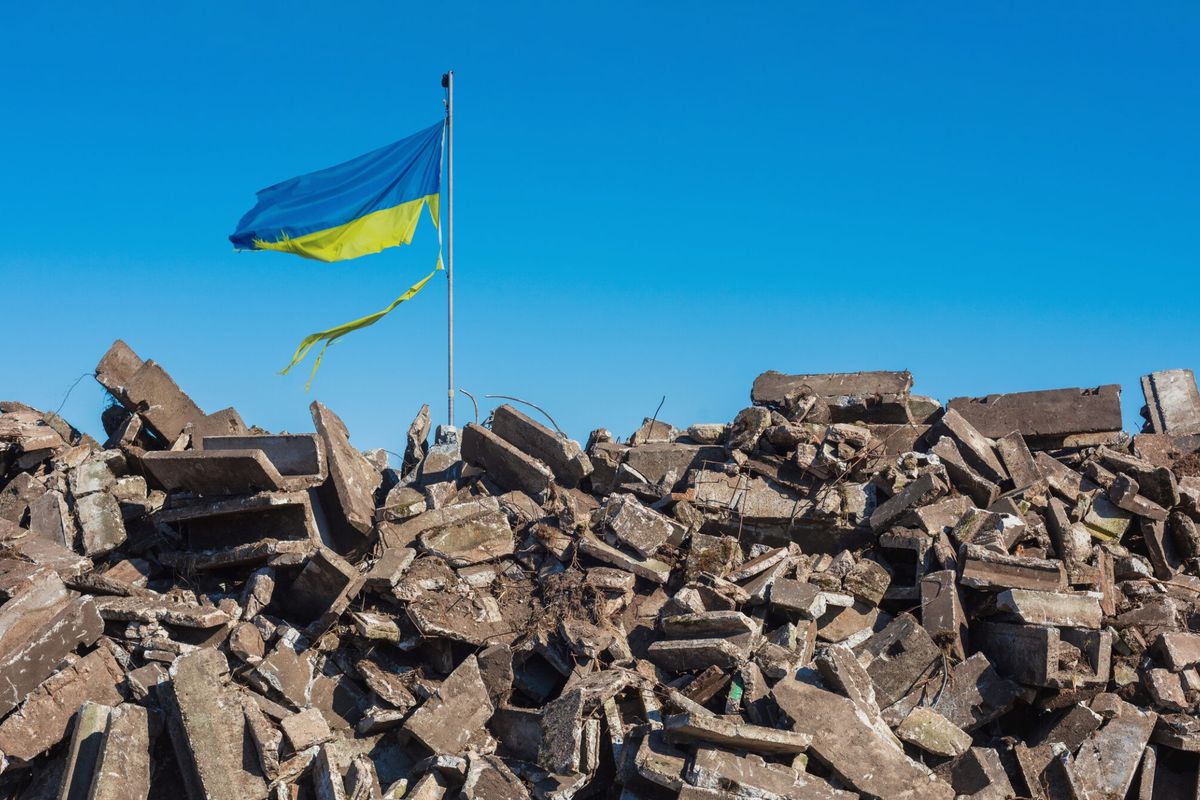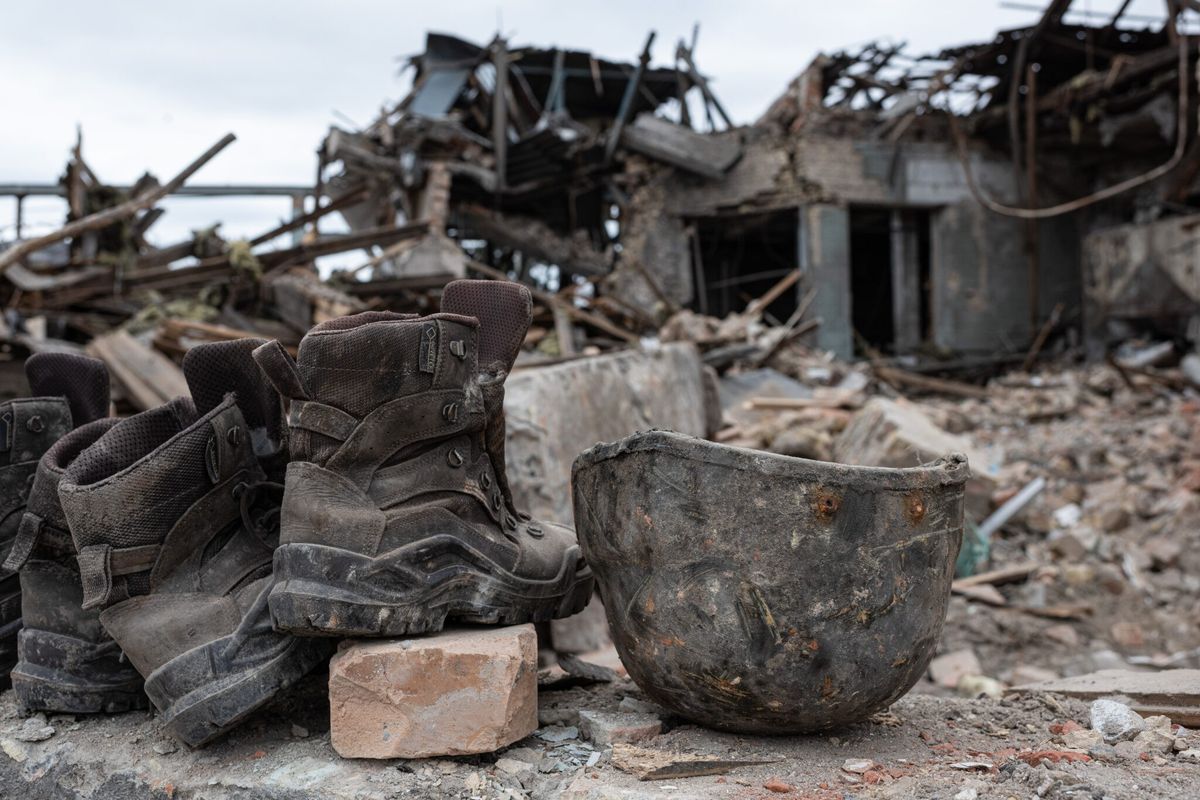The U.S.-Mexican border is likely to be a hot a topic of discussion during the Republican debate Wednesday night, with unauthorized immigration as the main focus.
During this election cycle, candidates have differed over how to address the problem of undocumented immigrants residing in the U.S. and the problem of individuals entering the country illegally. These are not typical black-and-white issues and disagreements over policies exist not only between parties but also within parties. Everything from building a wall along the U.S.-Mexican border to increasing the number of drones used for enhanced monitoring of the border has been suggested—though, not all of the options are feasible or cost-effective.
For one, there are an estimated 11-12 million undocumented immigrants in the U.S. Republican candidate Donald Trump has been the most vocal on this issue, saying that he would deport all of the undocumented immigrants if elected president, and believes he can accomplish that in 18 months to two years. How exactly this massive undertaking would be accomplished, which requires a whole of government approach on the local, state, and federal levels, has yet to be determined by any of the candidates.
Since 2009, the estimated number of unauthorized immigrants living in the U.S. has remained relatively stable. Meanwhile, there are approximately 350 thousand unauthorized immigrants entering the country every year, suggesting that an equal number of undocumented immigrants are leaving the U.S. annually, either forcibly or by choice. More than two million unauthorized immigrants have been deported since President Obama took office—a faster rate than any other president—prompting Obama’s nickname “Deporter-in-Chief.”
Changing the U.S. immigration policy has proven to be challenging, but some of the approaches to the “undocumented immigrants” problem may be more feasible than complete deportation. Some candidates have proposed creating a pathway for legal status and mandating an E-Verify system to determine the employment eligibility of individuals.
Then there is the question of how to prevent individuals from illegally entering the country. According to the most-recent Department of Homeland Security estimates, 59 percent of unauthorized immigrants have come from Mexico, with El Salvador, Guatemala, and Honduras as the next leading countries of origin. Although the number of unauthorized immigrants from Mexico is noticeably declining, the problem is still glaringly present.
Building a wall along the 1,969-mile U.S.-Mexican border, as some Republican candidates have recommended, would cost billions of dollars during a time of tight budget constraints. Thus far, only Trump has explained where he expects to find the money to pay for the wall—from Mexico. Unsurprisingly, the Mexican government does not support such a plan.
Moreover, as Republican candidate Marco Rubio highlighted during the August 6th debate, building a wall along the U.S.-Mexican border would not solve the problem in its entirety. There are other means for entering the country (i.e. planes, tunnels, and boats) and other entry points (i.e. the U.S.-Canadian border and U.S. coastlines). Increasing the number of border patrol agents, militarizing the border, and advancing technological means of identifying immigrants have been proposed by other candidates to increase surveillance at the border.
Finally, there is the difficult question as to why Latin Americans are even taking the risks associated with illegally crossing the U.S.-Mexican border in the first place. General John Kelly, Commander of the U.S. Southern Command, explained why he thinks this is happening at the Center for Strategic and International Studies (CSIS) last week: “Out all of the things that they need in that part of the world, more than anything else, they need economic development, and jobs, and things like that, because what we find is people don’t really want to leave their homes, where they grew up, unless there is no opportunity or unless there’s violence, and that is why we have so much illegal immigration coming up from the Central American countries.”
This topic—how the U.S. can partner with Latin American government to develop and sustain economic opportunities and regional security—is rarely addressed on the campaign trail or during the debates, but is a crucial component of the unauthorized immigration discussion. If the U.S. does not develop solutions for increased stability and safety in Central America and Mexico, candidates may be debating even larger numbers of undocumented immigrants during the next election cycle.
Alana Garellek is an International Producer at The Cipher Brief.












